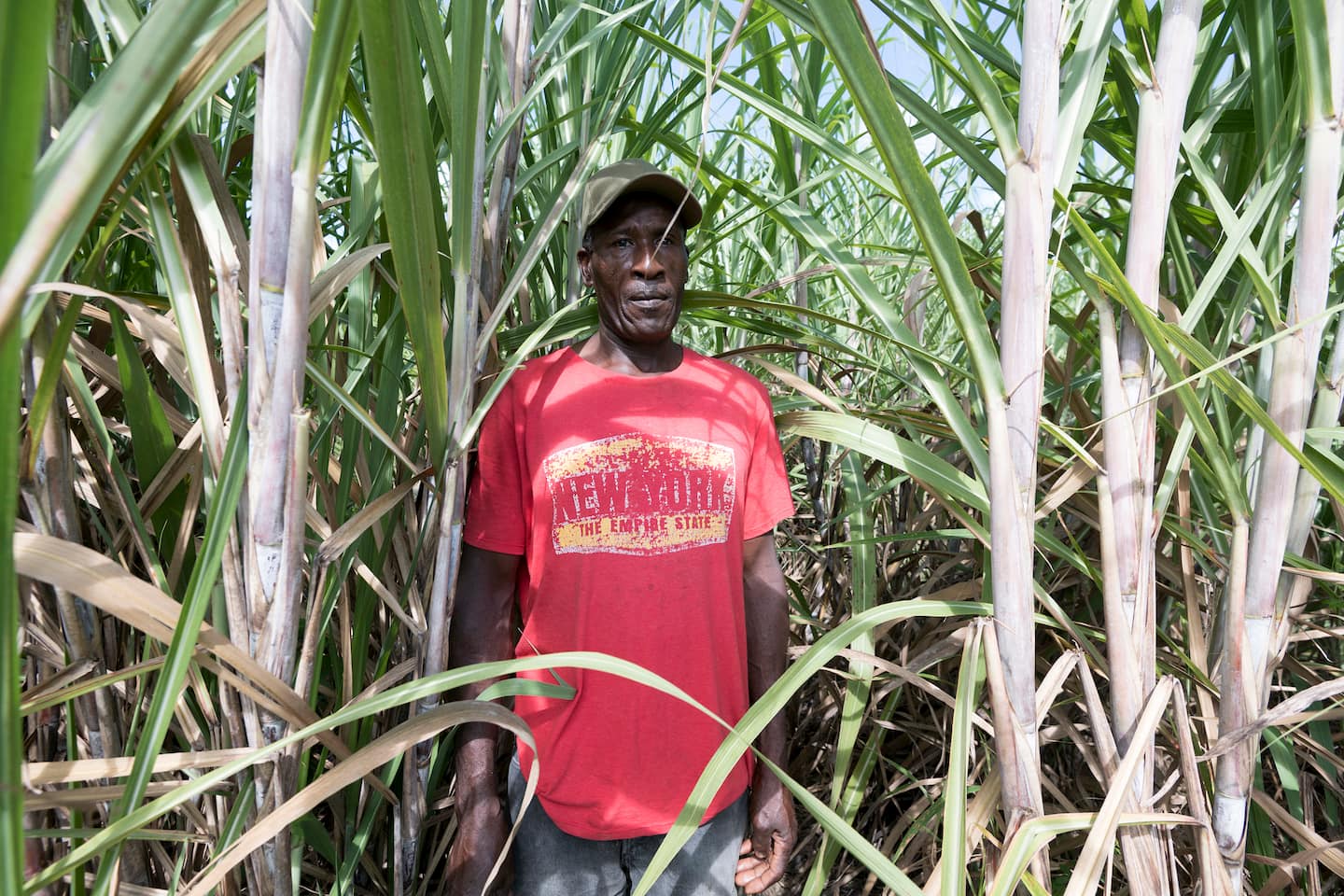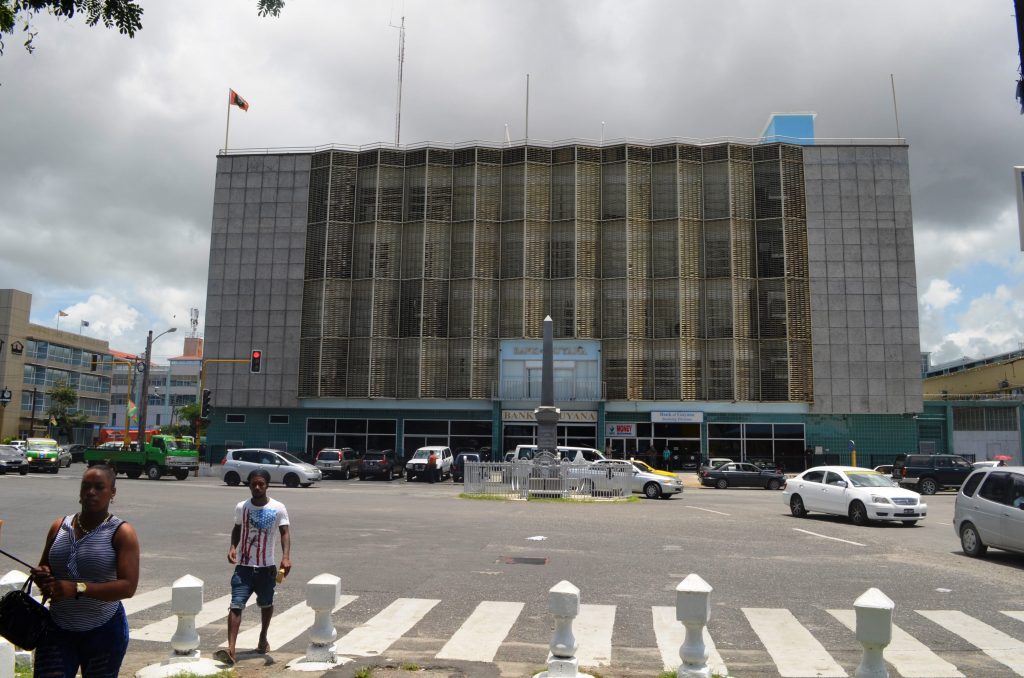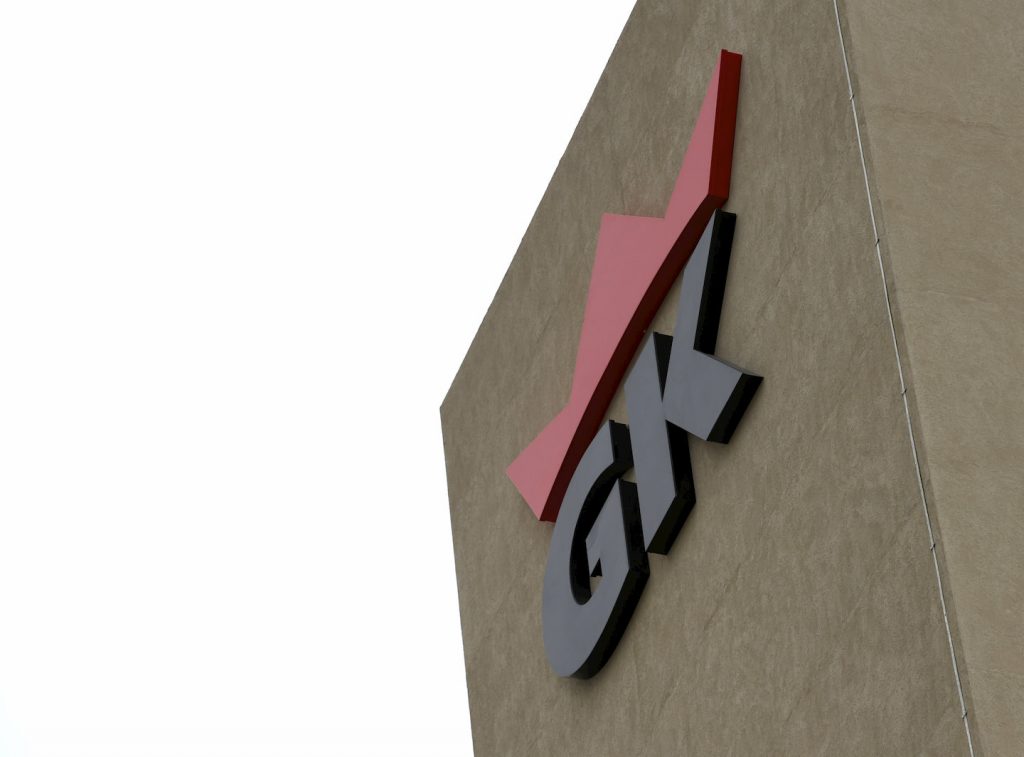In my first article on ‘Baking a bigger pie, rather than fighting over how to slice it’, I posited the solution – demonstrating transformational leadership to increase productivity, and then rapidly spreading those transformational skills outwards across the wider society.
We have many examples from our own Jamaican people of increasing productivity for a more rewarding life. We now need to spread the word so as to emulate those practical examples that have worked well.
To do so, it may be helpful to share a few case studies that I have been fortunate to be involved in over the years, and that can give us clues about dramatically increasing productivity.
CASE STUDY #1: LESSONS FROM CANE CUTTERS
As a young industrial engineer working in the sugar industry in 1970, I was handed a project to examine how to increase the productivity of manual cane cutters. This was not a popular idea at the time, as the main emphasis was on how to implement mechanical cane harvesting.
Having spent a few months in the cane fields of Innswood Estate with a gang of cane cutters, here are the results of the work that I did.
There was a threefold difference between the productivity of the least and most productive cane cutters.
- First, the most productive had developed, on their own, special methods of cutting several cane stalks simultaneously with one swipe of the cane cutters’ bill.
- Second, they started work early in the morning, before dawn, when it was coolest.
- Third, the most productive cane cutters took the most frequent breaks. This, at the time, was a counter-intuitive finding.
The most important lesson for me, though, was that workers themselves possess important knowledge and develop innovations on their own, which, if applied appropriately, can lead to substantial productivity gains, and significantly increase earnings, in the above case by up to threefold.
Regrettably, over the next few decades, we have not, as a society, been able to institute the kind of leadership that would have unleashed those levels of productivity increases to revitalise the majority of our sugar industry.
CASE STUDY #2: DOUBLING PRODUCTIVITY WITHIN FIVE YEARS
In 1995, Jamaica was in crisis, and so was GraceKennedy. Within our group, we were granting wage and salary increases of 20 per cent, and by the end of the year, inflation had ended up at 40 per cent. We recognised that the aspirations of our GraceKennedy people could not be met on such a path.
We, therefore, set an objective to double the productivity of every employee within five years, that is, by the year 2000. Many said it was impossible, but we didn’t listen. We launched an extensive campaign to involve every single employee within the GraceKennedy group as to the meaning of productivity, and how important it was to their personal and professional lives.
We moved to a new system of teamwork on the factory floor. Instead of each worker being a specialist, the new methodology was flexibility – individuals working in teams with each one doing whatever was required at a particular time, moving goods, adjusting machinery, cleaning up, and doing their own quality assurance tests.
We coined a slogan ‘Double the productivity of everyone from Raf to Rupert’ – Raf was the chairman and CEO, and Rupert was one of the messengers. It worked!
What gets measured gets done, and instead of getting caught up in complex measurements, which could not be easily understood by everyone across a complex group, we chose one measure as the surrogate for productivity increases. The measure was the growth in profits in equivalent US dollars per person annually. The approach may have been imperfect, but it worked.
An important component of this transformation was in manufacturing. With the opening up of the economy through liberalisation, our factories were being savaged by foreign competition. We made the decision not to fold, but instead to double down on modernising our factories. We did this by closing each of them for about three months to retool.
At the same time, we moved to a new system of teamwork on the factory floor. Instead of each worker being a specialist, the new methodology was flexibility – individuals working in teams with each one doing whatever was required at a particular time, moving goods, adjusting machinery, cleaning up, and doing their own quality assurance tests.
In many cases, this required employing new people out of high school with four CXC passes, who had good problem-solving skills. A new payment method was introduced based on linking remuneration to output, which we named ‘variable pay’. Each team was paid on their weekly and monthly production, once it met our rigorous quality standards.
Our expectations were far exceeded – within six months we had increases in productivity of 100 per cent or more!
ENGAGEMENT OF WORKERS
A critical part of this experience was the engagement of workers and trade unions, months in advance, to explain in detail the future plans. For example, we would close a plant for a day, and we would all meet in the Jamaica Conference Centre for extended discussions. One of the fears of some managers was that workers would sabotage production. Instead, the opposite occurred, with greater dedication to work leading up to the impending closures.
I remember one rank-and-file member saying this to me, “Mr Orane, what took you all so long to do this? We could see what needed to be done.”
Having a viewpoint from the ground level illuminates what is important to change.
Around this time in the late ’90s, we did an extensive survey of employees to get feedback. One of their suggestions was to move from the old paternalistic system of Christmas bonuses to a merit-based incentive process. We acted on their ideas, linking both performance appraisals and company profitability to the calculation of incentive payments. This required a new approach to transparency in disclosing each subsidiary’s accounts, and we discovered that it increased employee engagement, and ultimately trust.
The doubting Thomases concerned about the confidentiality of our financial information eventually had nothing to worry about, as employees were appreciative of being trusted with this information.
Now ask yourself this question – “What can I learn from my fellow Jamaicans in the cases above, that I can apply in 2020 to live a more rewarding personal, professional and business life?”
In my next column, I’ll share case studies numbers three and four.
Douglas Orane is the retired chairman and chief executive officer of GraceKennedy Limited.
Viewpoints is committed to expanding its range of opinions and commentary. Share your views about this or any of our articles. Email feedback to viewpoints@gleanerjm.com and douglasorane16@gmail.com.






